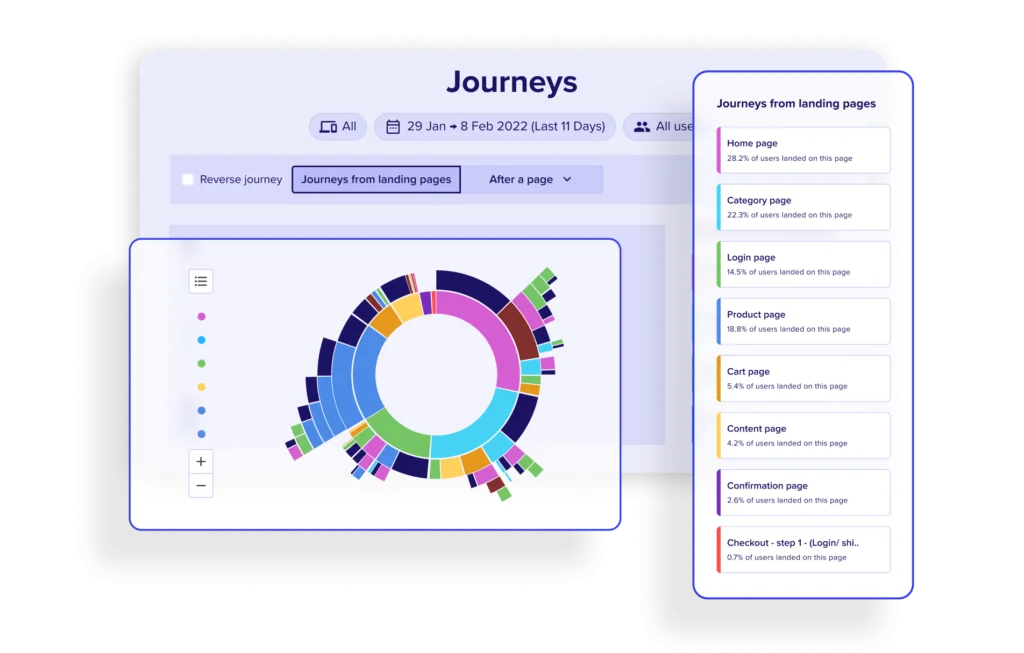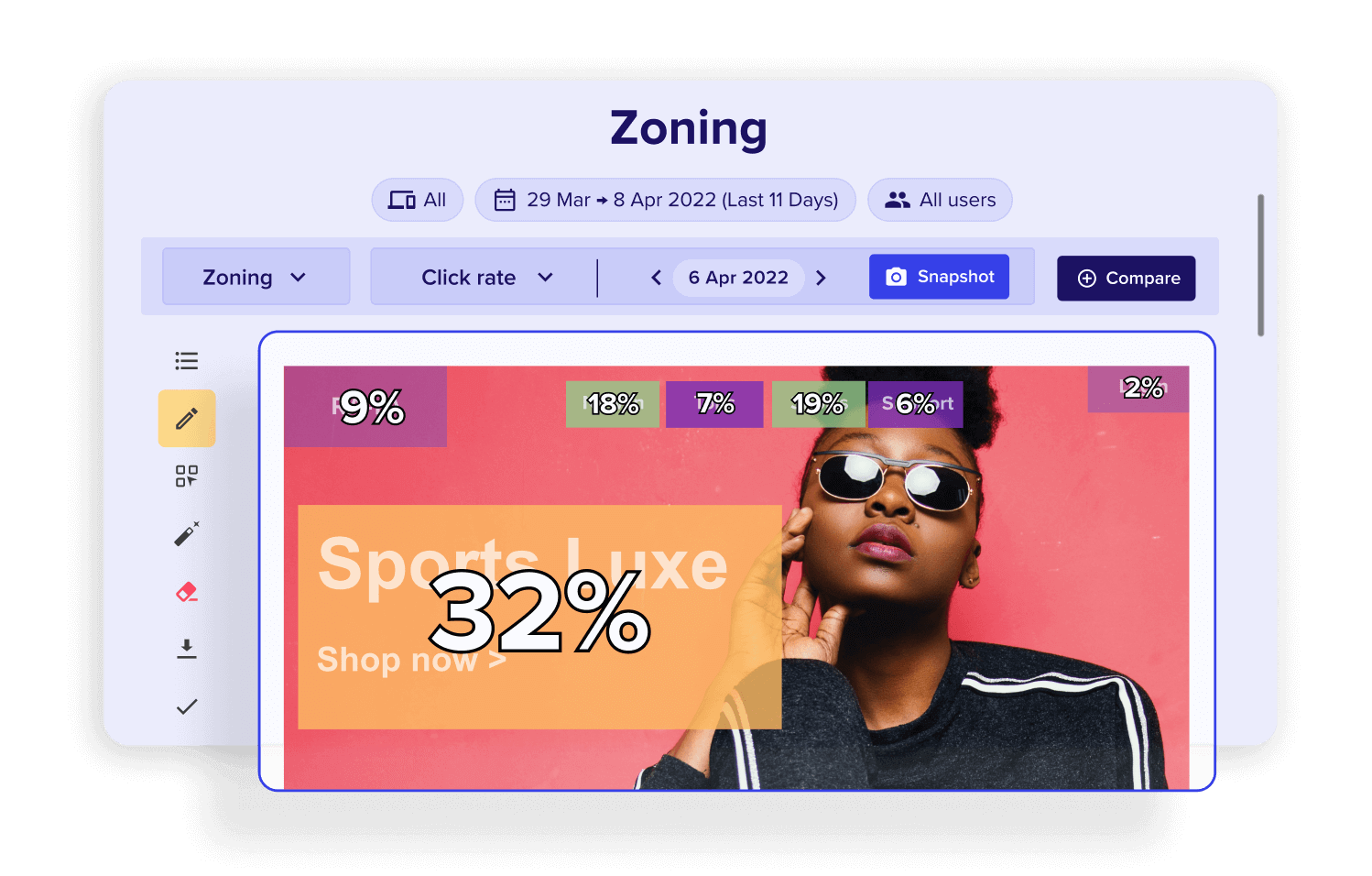Great CX requires a customer-centric mindset and a lot of careful work. This guide is your introduction to the basics: why CX is important, how to measure it, how to improve it, and more. By the end, you’ll have everything you need to deliver an exceptional experience for your customers.

Get a demo
Request a personalized demo with a digital experience expert!
Summary
- Customer experience (CX) is a term that describes your customers’ overall perception of their interactions with you. It goes beyond customer service to encompass all touchpoints along the customer journey.
- If you want to reap the benefits of increased customer loyalty, satisfaction, and engagement, you’ll want to focus your efforts on improving your CX.
- Your customers know better than anyone what a good CX and a bad CX is: make sure whatever strategy you use to deliver an outstanding CX incorporates customer feedback, and learn how to effectively measure and analyze CX data gathered using metrics like Customer Effort Score (CES) or Net Promoter Score®.
- Discover 7 more ways to understand and improve CX, including Journey Analysis, Session Replays, and A/B testing.








